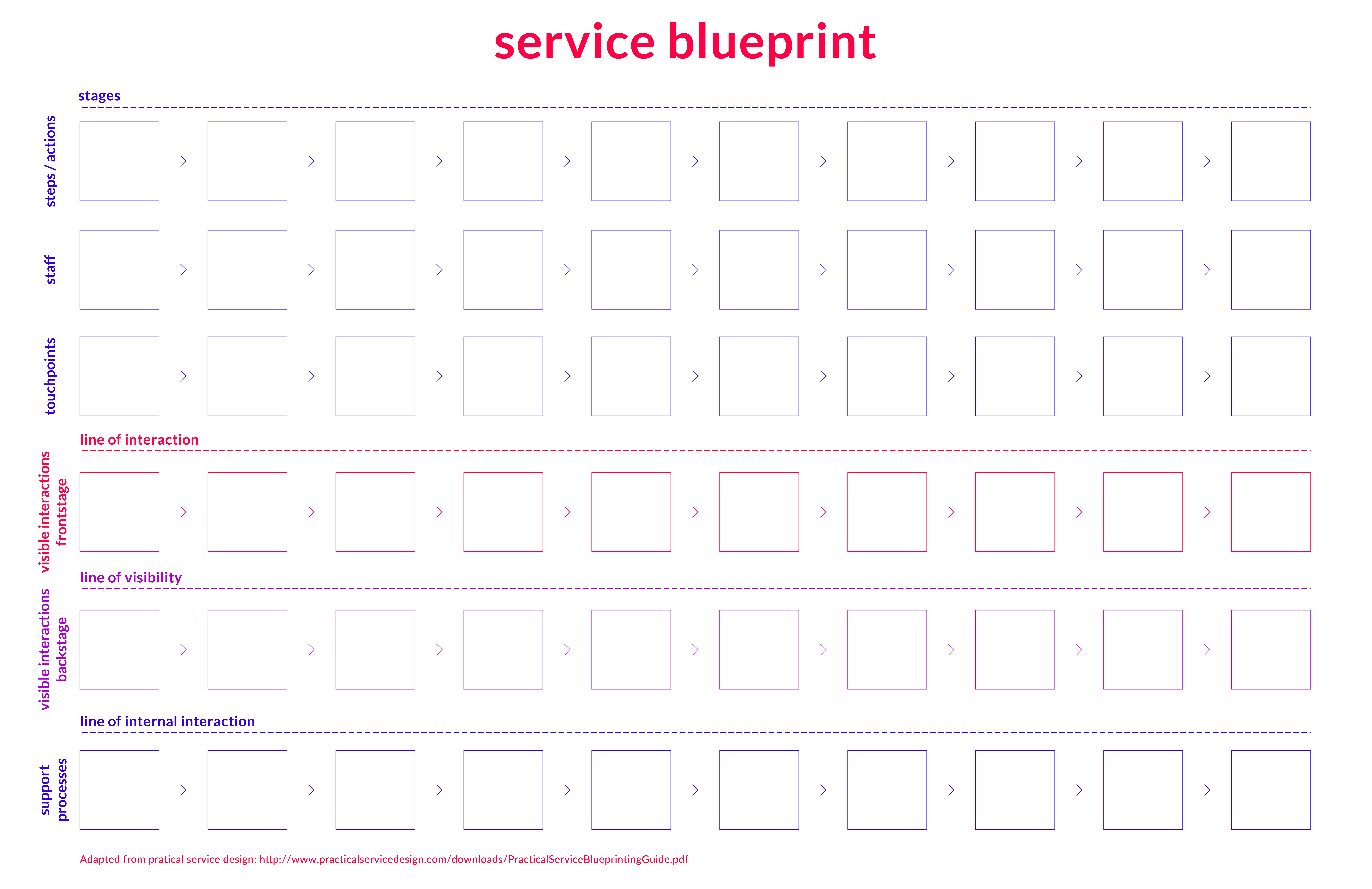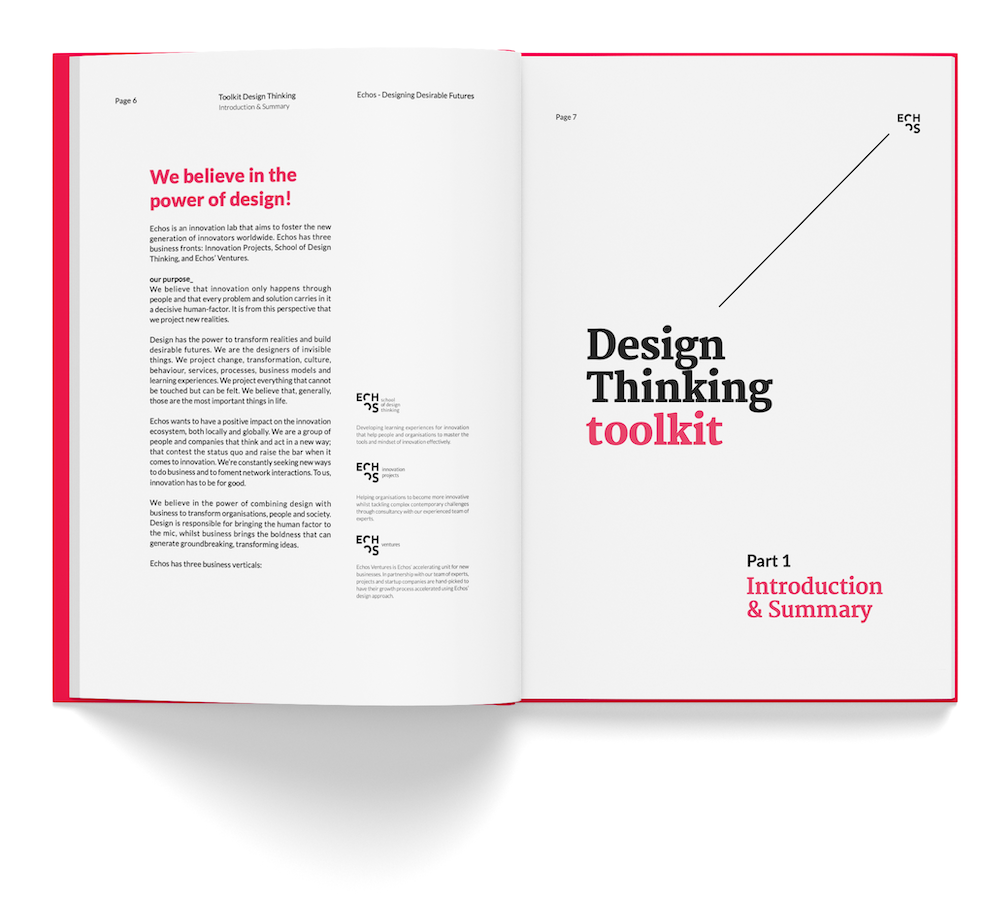A user-centric approach is a fundamental component of practicing human centred design principles in business. And yet, for many organisations it is a concept that is not fully understood or applied.
Unfortunately, most companies fail dramatically in the task of connecting empathically with their users. And the rapid disruptions that businesses are experiencing means having a deep understanding of their users is absolutely critical. When change is occurring rapidly, business continuity rests entirely in the user’s hands.
For this reason, design thinking practices are increasingly being embraced by innovative companies who need tools to create deeper understanding of their users. This includes discovering not only what they need, but what they are experiencing on an emotional and societal level.
Businesses must get beyond focusing on the basics of knowing their user to creating deep insights into their lived experiences. And the best way to achieve this is by clearing away internal biases.
The following are our best practices for facilitating the deeper understanding that is critical to providing products and services your user truly desires.
Question Your Biases
It is critical to connect with users in a way that reveals not only what they need, but the context in which the need exists. This context is formed by the emotions associated with those needs and the cultural context in which those needs exist.
This deeper understanding is normally uncovered through market research, user interviews and prototype testing. And while all of these tools are incredibly useful, they only work if an organisation understands one critical aspect. Understanding their own biases towards the users and their needs.
To move past biases, businesses must foster a mindset of openness and curiosity. It is important to nurture and encourage a practice of questioning personal and internal beliefs to understand when biases might be affecting a project. The first step is to understand we all have biases. In order to discover more about what we can’t see we must push away what we can see. This is not easy, and this work is never done. However continuous questioning can keep biases from creeping into our insights.
Users Drive Rapid Change
The world is a dynamic place, and change is constant. It can be confusing to know which changes should be focused on first. The answer to this question is start with your users. The reason why businesses shift is due to the lives of their customers or clients changing. Understanding the flow of effect on how clients affect a business is critical in keeping up with their changing needs. Most changes a business goes through is created by the users. The key to developing new products and services also lies with them.
The increasing focus on innovation is occurring because the traditional models for creating products and services are unable to adapt fast enough in environments of high uncertainty. The companies that will survive in the coming years will be those who truly capture their consumer’s desires and build a business offering around them. Organisations who work closely with their users will be able to generate new products and services and replace current options that do not meet their needs. It is important to note again that truly connecting with user needs as their lives change means not imposing your beliefs about those changes on them. Make sure the information and insights is flowing directly from them, not from internal biases.
The Tools Of Business Design
There are many tools in the design thinking process that produce new services and place the user in the center of the process. Some of the more popular tools are the business model canvas, the lean canvas and service blueprint canvas.
The business model canvas became popular due to its simple graphic representation. Designers love this tool because it establishes the value of a new service quickly. It is different from traditional business plans because it focuses on putting the user first and then designing around them. This tool has evolved into another version by Ash Maurya, the Lean Canvas. This canvas includes fields that focus more on discovering the problem. Creating a deeper understanding of the problem is directly linked to understanding the user.
The service blueprint helps companies map new offerings. The blueprint is a diagram that displays the entire process of service delivery by listing all of the steps at each stage and who performs the different roles involved. The blueprint plots out services on a matrix to show how the different steps and actors such as a business department or websites move the service along. It is important to note that the services are plotted out from the user’s perspective, not the business. The matrix shows what the user experiences or sees and what is hidden from their view. This tool is very useful for testing the steps of delivery as well as how the user experiences each step.
While there are many tools and methods designers use to put their user at the centre of their development process. The most valuable tool is a change of mindset. There will always be new processes and tools to support and evolve business development. But the mindset of focusing on the continuous and evolving needs of users is key to finding the solution for any problem that happens now or in the future. These tools also act as a reminder about bias, if you don’t know what a user is thinking or feeling at certain times, ask them, do not make it up.
Value Is Defined By The User
Ultimately what is valuable about a business’s products and services is purely defined by the user. Every decision should be led by their needs. As things change, it is important to stay close to your customers, listen to them, watch their emerging trends and behaviours. Use design to get outside of old biases to discover something valuable for your audience. Remember do not base decisions on biases formed by previous outcomes or guesses. Putting the user first and deeply understanding their problems is the best way forward in a rapidly changing world.
Finding a new way forward during times of change is never going to be simple. However, design thinking methods were created with complexity in mind. The tools were built to accommodate change, take on big challenges and problem solving. By continuing to foster a user centric approach there is no problem that cannot be tackled. For more information on design thinking download our toolkit or get in touch to learn more about our business design services.
https://content.schoolofdesignthinking.echos.cc/design-thinking-toolkit
—
Follow us on social
Instagram – Facebook – LinkedIn – Youtube – Spotify
How Can We Help?
- For training and Innovation Journeys in your company: check out our in-house course offering.
- For upcoming courses in your region: visit our website.
- For upcoming events in your region: look at our event calendar.
- If you have a special project and would like to use Echos’ consultancy services: send us an email.
- Want to speak to a real person? Call us on 1300 502 006




